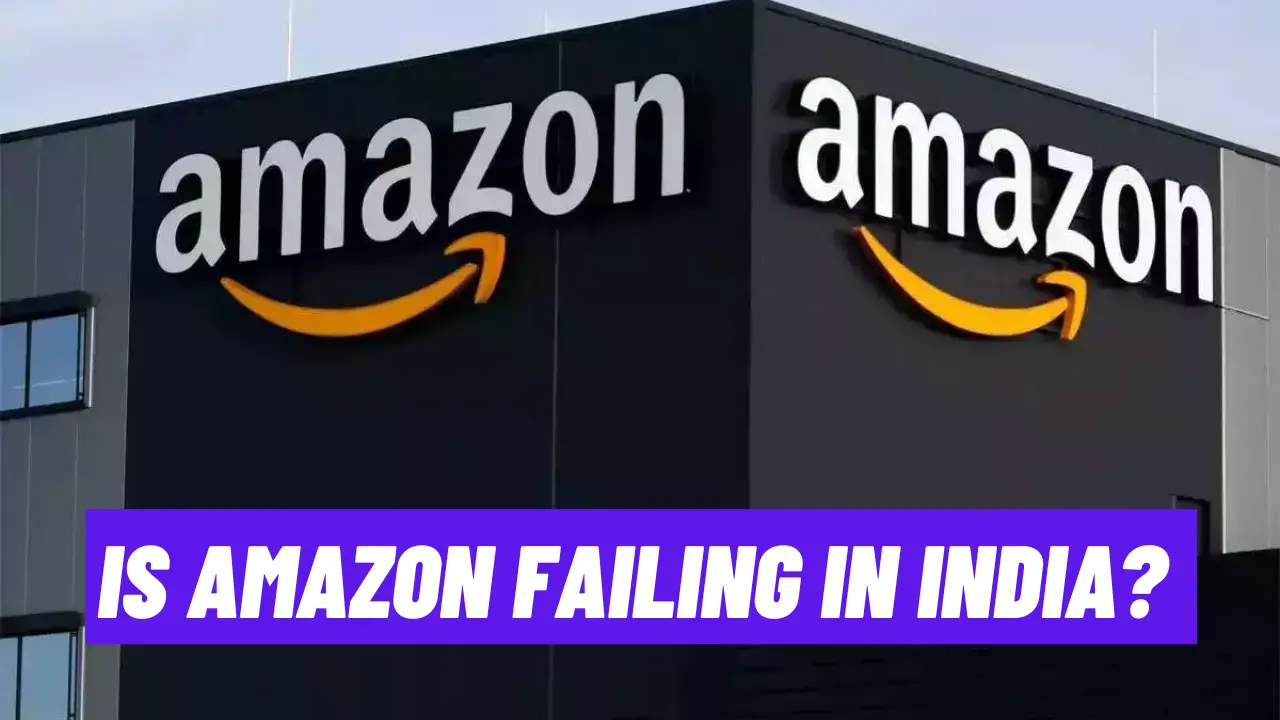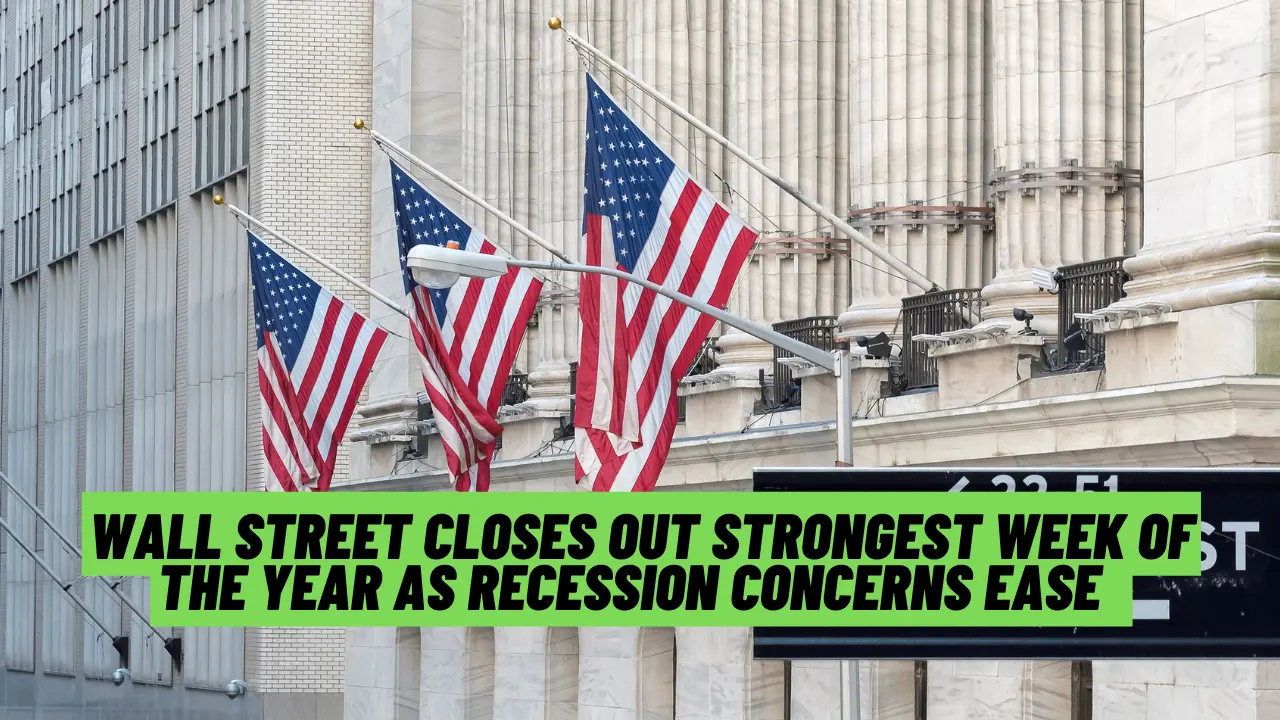India’s electronics market is indeed heavily dependent on China, and this dependency spans various segments, including consumer electronics, smartphones, and electronic components. Here’s a detailed explanation of why and how this dependence has developed:
1. China as the Electronics Manufacturing Hub
- Manufacturing Scale: China is the global leader in electronics manufacturing, thanks to its well-established infrastructure, large-scale production capabilities, and skilled workforce. Indian electronics companies, as well as global brands operating in India, rely on Chinese factories to produce goods at a competitive cost.
- Component Supply Chain: A significant portion of the electronic components, such as semiconductors, printed circuit boards (PCBs), displays, and batteries, are manufactured in China. These components are critical for assembling final products in India. The lack of a robust local component manufacturing ecosystem forces Indian companies to import these parts from China.
2. Low Domestic Production Capability
- Limited Indigenous Production: India’s electronics manufacturing sector, though growing, still lacks the scale and technological capability to meet domestic demand. While India assembles a considerable number of smartphones and consumer electronics, the raw materials and key components are mostly imported from China.
- High Imports: As of recent years, India imports more than 80% of its electronic components, with a large chunk coming from China. This includes parts for smartphones, laptops, televisions, and other consumer electronics. The trade imbalance is stark in this sector, with China being the dominant supplier.
3. Dependence on Chinese Brands
- Market Penetration: Chinese brands like Xiaomi, Oppo, Vivo, and Realme dominate the Indian smartphone market, holding a significant market share. These brands not only sell finished products but also import components and assemble them in India, further increasing dependence on China.
- Cost Advantage: Chinese companies have mastered the art of delivering quality electronics at competitive prices, making it difficult for Indian manufacturers to compete without importing from China.
4. Government Initiatives and Challenges
- Make in India: The Indian government has launched initiatives like “Make in India” and Production-Linked Incentive (PLI) schemes to boost domestic electronics manufacturing. However, progress has been gradual, and the dependency on China persists due to the time required to build the necessary infrastructure and expertise.
- Supply Chain Constraints: Building a comprehensive supply chain for electronics manufacturing in India involves huge investments, technology transfers, and time. China, with decades of experience and investment in this sector, has a clear advantage, making it difficult for India to quickly reduce dependence.
5. Geopolitical Tensions and Economic Risks
- Supply Chain Disruptions: The COVID-19 pandemic and geopolitical tensions between India and China, such as the border conflicts, have highlighted the risks of over-reliance on China. Disruptions in supply chains have led to shortages and delays in product launches, affecting businesses and consumers in India.
- Policy Shifts: There has been a push for diversification, with India encouraging companies to shift supply chains to alternative markets like Vietnam, South Korea, and Taiwan. However, this transition is complex and slow, given China’s entrenched position in the global electronics ecosystem.
6. Consumer Impact
- Pricing: The reliance on China has helped keep prices of electronics relatively low due to China’s cost-efficient manufacturing. Any significant reduction in imports from China could lead to price increases, affecting affordability for Indian consumers.
- Product Availability: Shortages of Chinese imports could also lead to delays in product availability, particularly in fast-moving categories like smartphones and consumer electronics, where new models are released frequently.







